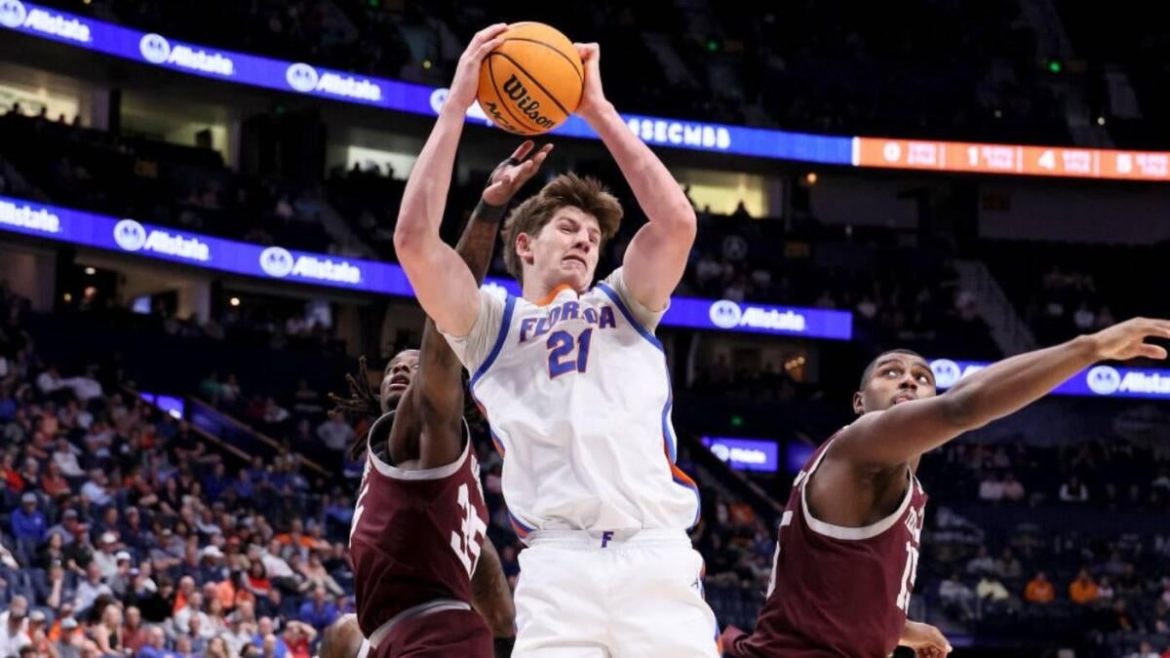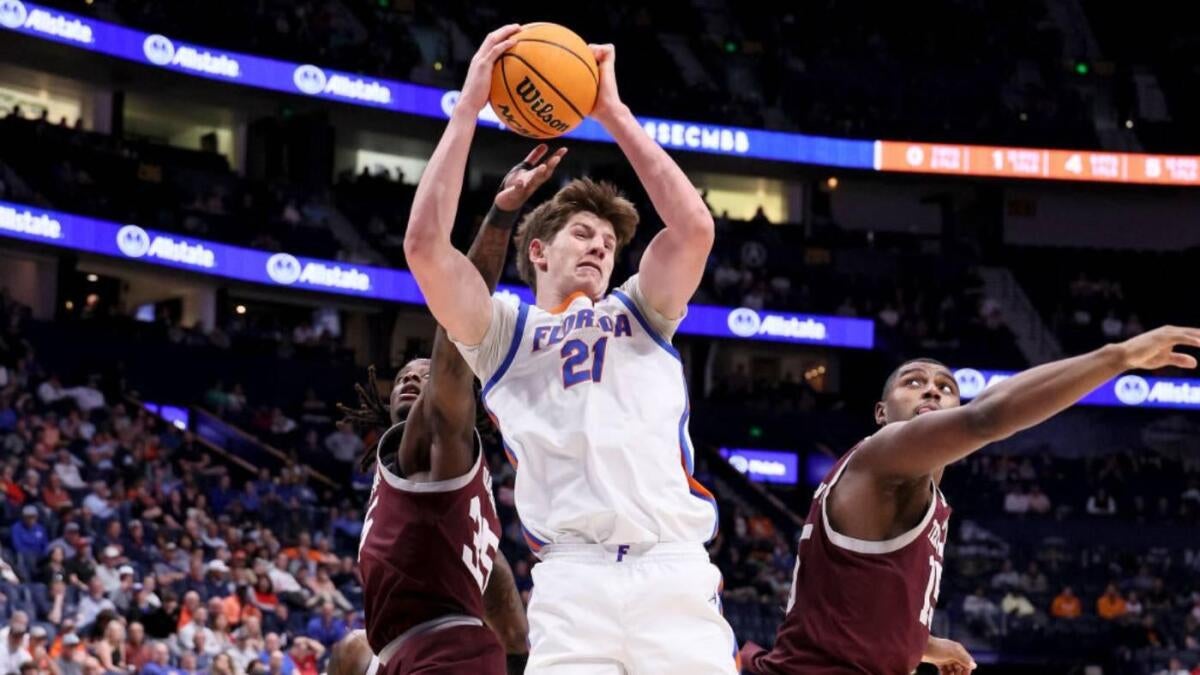The 2025 NBA Draft Withdrawal Deadline: Winners, Losers, and Shifts in College Basketball Dynamics
Introduction
As the 2025 NBA Draft withdrawal deadline passed, the landscape of college basketball and forthcoming NBA talent underwent significant shifts. Players re-evaluated their draft positions, some choosing to remain in the draft pool while others withdrew to return to collegiate play. This flux affected college programs, particularly Duke and Florida, as well as individual prospects such as Cedric Coward and Ace Bailey. Analyzing these changes offers insights into how the draft process and player decisions influence college basketball trajectories and NBA futures.
Key Winners and Losers Among Players and Programs
Florida’s Strategic Advantage
Florida emerged as the prominent winner through this deadline. By retaining a strong core and reloading talent, Florida positioned itself to make another deep run at the collegiate title. The decision of several prospects to withdraw from the draft and return strengthened their roster depth and experience.
Cedric Coward – From Fringe to Prospect Spotlight
Duke’s Cedric Coward represents a fascinating case of a player whose draft stock rose dramatically after the combine and advanced evaluations. Initially largely absent from early draft boards, Coward’s performance vaulted him into potential top-20 picks consideration. Despite this rising profile, he faces a significant decision influenced by lucrative NIL (Name, Image, Likeness) offers, including a reported $3 million proposal from Duke, complicating the choice between entering the draft and continuing his college career.
Duke’s Mixed Outcomes
Duke’s program confronted a more complex scenario. While Coward’s draft potential creates optimism, other recruitment and retention challenges emerged. The program missed out on key recruits who opted to stay in the draft or explore professional routes. Additionally, Duke experienced the withdrawal of promising players such as Isaiah Evans, who, despite showing significant potential, chose to return to collegiate play, impacting the team’s immediate depth and talent continuity.
Draft Combine’s Influence on Player Status
The 2025 NBA Draft Combine served as a critical juncture in shaping perceptions of players’ readiness and potential. It elevated the status of rising stars, like Cedric Coward and Raynaud, whose strong performances increased their draft appeal. Conversely, some prospects, including highly touted Ace Bailey, saw their stock drop due to concerns about size and athleticism despite innate talent. These shifts underscore the importance of physical and skill assessments in draft evaluations and decision-making.
Trends in Early Draft Entries and Withdrawals
An intriguing trend in 2025 was the notably low number of early entrants—only 106 players—representing a decade low, a significant decline from the 353 entrants recorded during the 2015 peak. This suggests a greater hesitancy among fringe prospects to risk their draft stock or a strategic preference to refine skills further in college. This trend benefits college programs by retaining higher-caliber talent but also alters the talent influx into the NBA pipeline.
Implications for College Basketball and the NBA
The balance of player decisions at the withdrawal deadline reflects evolving dynamics in college basketball’s relationship with the NBA. Programs like Florida benefit from player returns, solidifying competitive advantages. Meanwhile, Duke faces the challenge of navigating player departures and maximizing NIL offers to retain talent. For the NBA, a more cautious early entry culture could mean fewer but more polished prospects entering the draft, balancing risk and readiness.
NIL deals emerge as a decisive factor in player choices; substantial offers provide alternatives to turning pro early, influencing top prospects’ draft decisions. This commercial element adds complexity to traditional talent flows between NCAA and NBA, potentially reshaping recruitment, development, and draft strategies for years to come.
Conclusion: Navigating the Ever-changing Draft Landscape
The 2025 NBA Draft withdrawal deadline illuminated the fluid, strategic nature of modern basketball career progression. Florida’s strengthened positioning and Duke’s mixed fortunes highlight how early decisions ripple through both college programs and NBA prospects’ futures. With standout players like Cedric Coward leveraging combine momentum and NIL incentives, the intersection of athletic performance and economic opportunity increasingly guides draft choices.
As this evolving narrative unfolds, observers and stakeholders must watch how these dynamics influence talent development, college basketball competitiveness, and NBA draft compositions, marking an era where player agency and market forces play ever-expanding roles in shaping the game’s future.





